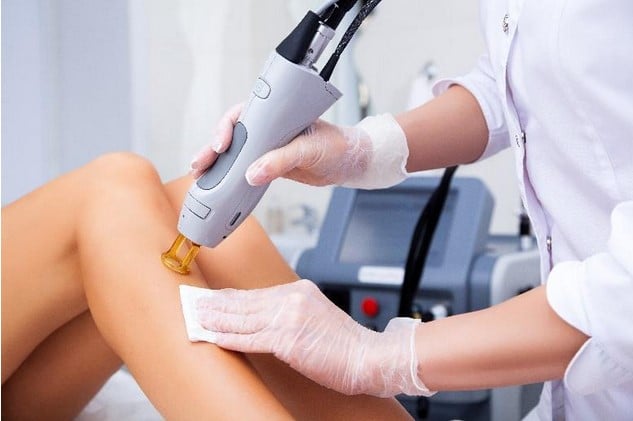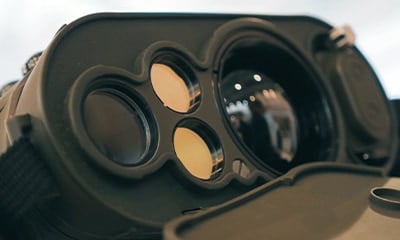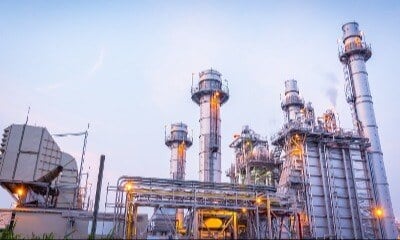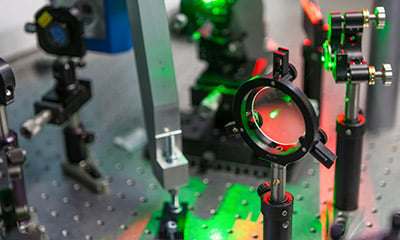Endovenous Laser Treatment (EVLT) Using a Laser for Varicose Veins
By Seminex

Understanding Varicose Veins
Varicose veins are characterized by twisted, swollen veins typically found in the legs due to faulty valves that cause blood to pool. This condition results in the veins becoming twisted, bulging, and ineffective at circulating blood properly.
The EVLT Procedure
Endovenous Laser Ablation Therapy (EVLT) is a minimally invasive procedure designed to close varicose veins, restoring proper circulation and causing the affected veins to disappear over a few weeks. The procedure involves the insertion of a catheter into the varicose vein, guided by ultrasound. A laser at the catheter's end heats the vein walls, causing closure and stopping blood flow.
Technological Advancements in EVLT
Technological innovations play a crucial role in enhancing the effectiveness and precision of EVLT. The core of EVLT lies in choosing the right laser wavelength, ensuring deep penetration into the vein while minimizing absorption by the skin. Diode lasers, emitting wavelengths within the range of 810 to 1470 nm, are commonly used in EVLT due to their efficient thermal ablation of varicose veins.
Varicose Veins 810nm vs 1470nm
EVLA is a common treatment for varicose veins that uses laser energy to shrink vein walls and block veins. The wavelength of the laser used can affect how the energy is absorbed by the blood and vein walls:
- 810-1064nm
These wavelengths are mainly absorbed by hemoglobin, which allows for coagulation deep within soft tissue without being affected by water. Previous studies using these wavelengths have reported adverse effects like pain, paresthesia, and ecchymosis.
- 1320nm-1470nm
These wavelengths are absorbed by water in the blood and vein walls, which allows for effective treatment at lower power levels and linear endovenous energy density (LEED). This can lead to less thermal damage and less postoperative pain and bruising than using shorter wavelengths. One study found that EVLA using a 1470nm laser and radial fiber was superior to radiofrequency ablation (RFA) in terms of pain and patient satisfaction. Another study found that EVLA using a 1470nm laser for great saphenous vein incompetence had similar outcomes ultrasound-assisted varicose vein surgery after one year.

Key Parameters in Laser-Induced Thermal Ablation
Laser-induced thermal ablation is the key mechanism in EVLT. Parameters such as power density, pulse duration, and fluence are critical considerations. Pulsed laser light is commonly used to allow controlled bursts of energy, minimizing thermal damage to surrounding tissues. Precise control over power settings is essential to achieve optimal ablation without causing excessive thermal injury.
Fiber Optics and Delivery Devices
The design of fiber optics is crucial for effective laser energy delivery. Innovations in fiber optic materials, including sapphire or silica, enhance flexibility and durability. Laser delivery devices, such as catheters and sheaths, are optimized for precise navigation and ease of use.
Real-Time Imaging and Temperature Monitoring
Incorporating real-time imaging systems, such as ultrasound, is imperative for accurate treatment. These systems guide the laser during the procedure. Temperature monitoring systems are developed to ensure optimal application of laser energy without causing damage to surrounding tissues.
SemiNex Laser Advantages
- Low cost ($/W) per watt
- Various package choices for easy design-in
- Laser engines available for hand-held devices
- Integrated microlenses
- Fiber-coupled packages
- Custom multi-chip modules available
- US based supplier to medical equipment manufacturers
Conclusion
EVLT using diode lasers represents a significant advancement in the treatment of varicose veins. Technological considerations, including laser wavelength selection, power settings, and real-time imaging, contribute to the success of the procedure. As technology continues to evolve, EVLT remains at the forefront of minimally invasive solutions for vascular issues, offering patients a more efficient and comfortable alternative to traditional treatments. the forefront of minimally invasive solutions for vascular issues, offering patients a more efficient and comfortable alternative to traditional treatments.
By Seminex
Related articles
Featured, Datacom, Defense, Automotive, Medical, Industrial
Next Generation InP Semiconductor Devices
Next Generation InP-Based Structures for Unparalleled Performance and ...
Medical
Lasers for Medical Aesthetics
Harnessing the power of laser energy, this technique induces controlled ...



.jpg)
.jpg)
.jpg)
.jpg)


.jpg)
.jpg)


